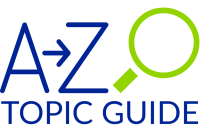Topic-Specific Resources Listed from A-Z
Child and Adolescent Mental Health
The following article on Anxiety Disorders is from the National Institute of Mental Health (NIMH). While this material has been expert-reviewed, it is not NIMH or MHANYS intention to provide specific medical advice. Both MHANYS and NIMH advise readers to consult with a qualified health care provider for diagnosis, treatment, and answers to personal questions.
Overview
Mental health is an important part of overall health for children as well as adults. For many adults who have mental disorders, symptoms were present—but often not recognized or addressed—in childhood and adolescence. For a young person with symptoms of a mental disorder, the earlier treatment is started, the more effective it can be. Early treatment can help prevent more severe, lasting problems as a child grows up.
Warning signs
It can be tough to tell if troubling behavior in a child is just part of growing up or a problem that should be discussed with a health professional. But if there are behavioral signs and symptoms that last weeks or months, and if these issues interfere with the child’s daily life at home and at school, or with friends, you should contact a health professional.
Young children may benefit from an evaluation and treatment if they:
- Have frequent tantrums or are intensely irritable much of the time
- Often talk about fears or worries
- Complain about frequent stomachaches or headaches with no known medical cause
- Are in constant motion and cannot sit quietly (except when they are watching videos or playing video games)
- Sleep too much or too little, have frequent nightmares, or seem sleepy during the day
- Are not interested in playing with other children or have difficulty making friends
- Struggle academically or have experienced a recent decline in grades
- Repeat actions or check things many times out of fear that something bad may happen
Older children and adolescents may benefit from an evaluation if they:
- Have lost interest in things that they used to enjoy
- Have low energy
- Sleep too much or too little, or seem sleepy throughout the day
- Spend more and more time alone, and avoid social activities with friends or family
- Diet or exercise excessively, or fear gaining weight
- Engage in self-harm behaviors (such as cutting or burning their skin)
- Smoke, drink alcohol, or use drugs
- Engage in risky or destructive behavior alone or with friends
- Have thoughts of suicide
- Have periods of highly elevated energy and activity, and require much less sleep than usual
- Say that they think someone is trying to control their mind or that they hear things that other people cannot hear
Mental illnesses can be treated. If you are a child or teen, talk to your parents, school counselor, or health care provider. If you are a parent and need help starting a conversation with your child or teen about mental health, find resources for families from the Substance Abuse and Mental Health Services Administration. If you are unsure where to go for help, ask your pediatrician or family doctor.
It may be helpful for children and teens to save several emergency numbers to their cell phones. The ability to get immediate help for themselves or for a friend can make a difference.
- The phone number for a trusted friend or relative
- The non-emergency number for the local police department
- 988 Suicide & Crisis Lifeline: 988
If you or someone you know needs immediate help, call or text the 988 Suicide & Crisis Lifeline at 988.
Educational resources
- Get Excited about the Brain!: This science education activity book intended for children ages 8-12 years old helps kids learn facts about the brain through games and puzzles about brain science and research.
- Getting to Know Your Brain: Dealing with Stress: Test your knowledge about stress and the brain. Also learn how to create and use a “stress catcher” to practice strategies to deal with stress.
- Guided Visualization: Dealing with Stress: Learn how the brain handles stress and practice a guided visualization activity.
- Stand Up to Stress!: This free, printable coloring and activity book for children ages 8-12 teaches kids about stress and anxiety and offers tips for coping in a healthy way.
- Stress Catcher: This is a printable, “fortune teller” craft for children that offers coping strategies to help manage stress and other difficult emotions.
Federal resources
- Child Mental Health: The National Library of Medicine’s MedlinePlus offers resources to support children’s mental health (en español).
- Data and Statistics on Children’s Mental Health: This Centers for Disease Control and Prevention report provides data and statistics about mental disorders in U.S. children.
- Parents & Educators: The National Institute on Drug Abuse provides science-based information and lesson plans about drug use, health, and the developing brain.
- Self-Harm: Self-harm refers to a person harming their own body on purpose and it tends to begin in teen or early adult years. MedlinePlus offers resources to learn more about self-harm (en español).
- Shareable Resources on Children and Adolescent Mental Health: Use these digital resources from NIMH, including graphics and messages, to raise awareness about the importance of child and adolescent mental health.
- Teen Mental Health: MedlinePlus provides resources about adolescent mental health (en español).
Handouts
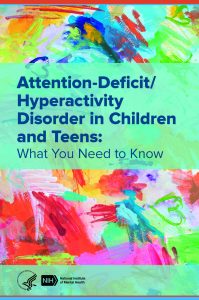 English / Español
English / Español 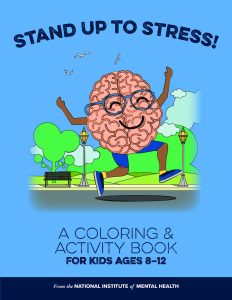 English / Español
English / Español
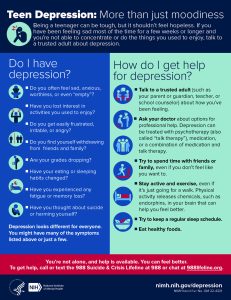 English / Español
English / Español 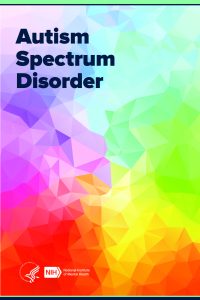 English / Español
English / Español
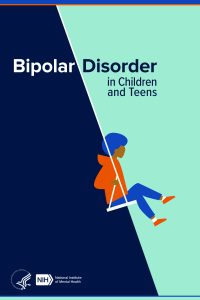 English / Español
English / Español 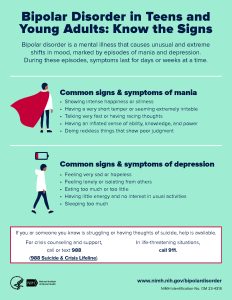 English / Español
English / Español
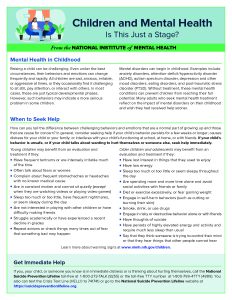 English / Español
English / Español 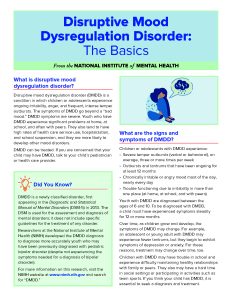 English / Español
English / Español
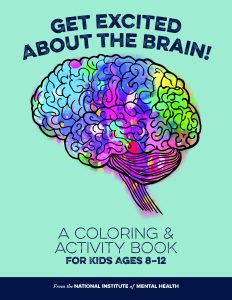 English / Español
English / Español 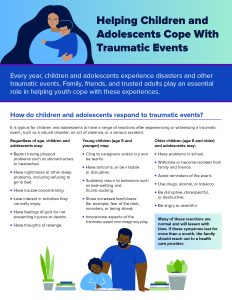 English / Español
English / Español
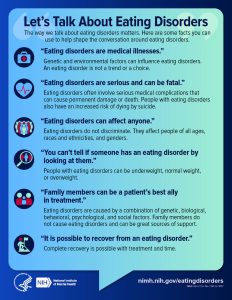 English / Español
English / Español 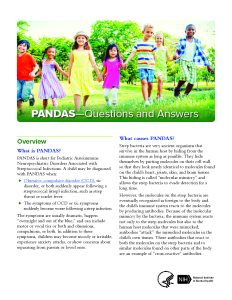 English / Español
English / Español
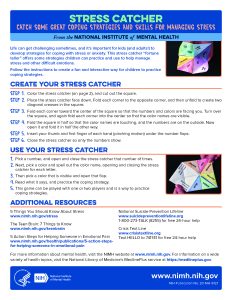 English / Español
English / Español 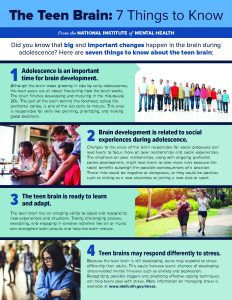 English / Español
English / Español
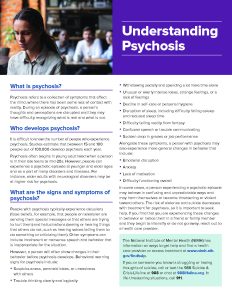 English / Español
English / Español 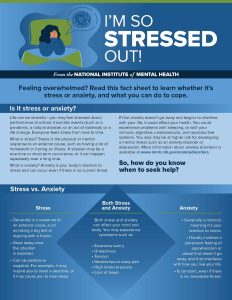 English / Español
English / Español
 English (factsheet) / English (infographic) / Español (hoja informativa) / Español (infografía)
English (factsheet) / English (infographic) / Español (hoja informativa) / Español (infografía)
Mental Health Association in New York State (MHANYS) has additional resources that can be accessed through its main website. These resources include links to advocacy and policy work, school-based programs, mental health wellness training programs and more.
MHANYS
mhanys.org
Advocacy and Policy
mhanys.org/advocacy-policy
Mental Health Community Partners
mhcommunitypartners.org
CarePath™
mhanys.org/carepath
SMHRT: Family Education
https://www.mentalhealthednys.org/family-education-webinar-series/
Data Source
National Institute of Mental Health: Mental Health Information Health Topics www.nimh.nih.gov/health/topics
